Flavorings are vital to our experience and enjoyment of food. Vanilla is definitely one of the most well known and most desired flavorings in cooking, especially baking. Despite being the second most expensive spice in the world, it is the most often used ingredient in baker’s confections. A synthetic vanilla is a frequent substitute due to the lower price and wide spread availability. However, the path to superior quality can not be faked. In my baking, I use exclusively pure vanilla extract or vanilla sugar due to their respectable impact on final product. They are both fairly easy to make at home and definitely worth the effort in pursuit of true flavor.
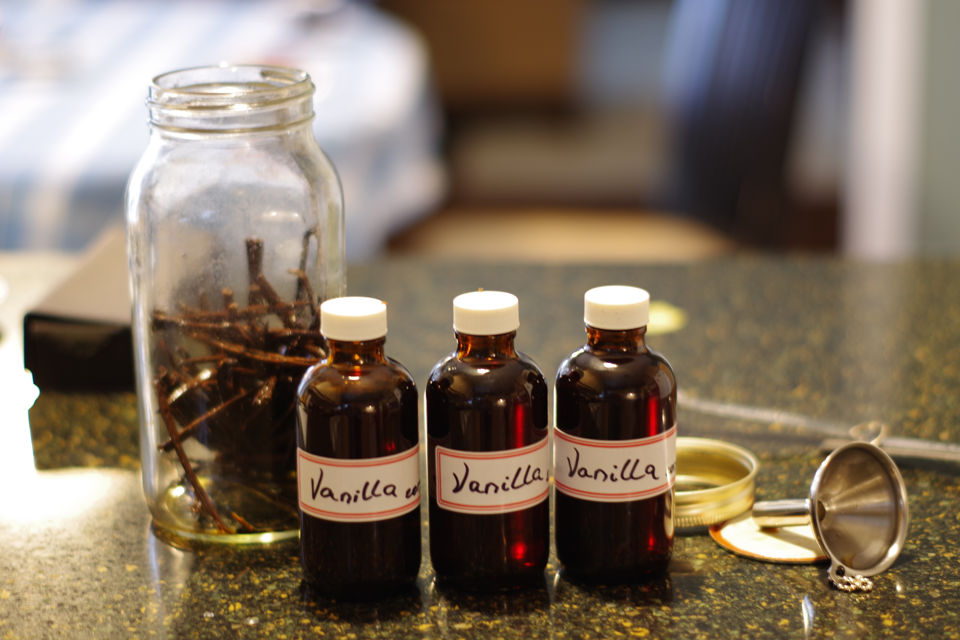
Vanilla flavoring is derived from the bean of a climbing orchid. It is native to central and northern South America. Vanilla bean history dates back 1000 years ago where Totonac Indians cultivated it at the east coast of present day Mexico. Aztecs in the northern part of Mexico took the vanilla from Totonacs and used it to flavor their chocolate drinks. With the conquest of Aztecs, the Spanish were the first Europeans that tasted vanilla and they gave it its current name. The French were next to take the vanilla orchid to the islands of Madagascar, Reunion, and Comoros, located of the coast of southeast Africa. These islands provide 75% of the world’s vanilla production. The variety they produce is known as Bourbon Vanilla, the highest quality vanilla with its rich and balanced flavor. Bourbon Vanilla contains the highest concentration of the plant defensive compound vanillin, compared to the other varieties grown in Mexico or Indonesia.
Vanilla bean production is very labor intensive, starting with plant-hand pollination and intentional damage to the pods in order to release the aroma. That is followed with curing process which is used to concentrate the flavor and prevent spoilage. Vanilla vine can be harvested only 3-5 years from planting. The whole process from pollinating to cured vanilla beans takes up to several months. It takes 1.3 – 2.3 kg of fresh pods to produce 0.5 kg of cured beans. For obvious reasons, such a long and labor intensive process is what makes this wonderful spice so expensive.
Since 2012, the world vanilla supply was hit by shortages due to increased market demand and bad weather conditions impacting primary growers. The result is price increases of 10 fold during this time period.
Almost all industrial product vanilla flavoring comes from a cheaper alternative; synthetic vanilla. For reference, about 90% of vanilla flavoring consumed in the US and Canada is artificial. Synthetic vanilla is for the most part made out of wood pulp. Synthetic vanillin is 100 times cheaper than nature vanillin.
Why would you want to make your own pure vanilla extract?
It is wholesome, pure, and the real thing. It is comparable to the difference between: grocery store bought imported and field picked tomatoes or home-smoked cured meat and fake, store bought variety. Making your own vanilla flavoring is also economical and in terms of quality, superior to the store bought product. Adding true aroma to your cakes will make a world of difference.
Vanilla extract is made by macerating vanilla beans in a solution of ethanol and water. Vanillin compound is more soluble in alcohol than water and therefore minimum 35% alcohol is required for making an extract. An extract can be made as a single, double or triple strength. The difference is obviously in a ratio of weights between vanilla beans and alcohol. For a single strength extract or a single fold, the ratio is: 100 grams of vanilla beans to 1000 grams or 1 litre of alcohol. For alcohol, use vodka 35.5 – 40% alcohol, 75-80% proof.
To simplify, it takes about 6-8 vanilla beans (25 grams) per 250 ml of 35% alcohol to make a single fold vanilla extract.

| Prep Time | 20 minutes |
| Passive Time | 6-12 months |
| Servings |
250 ml bottle
|
- 25 g vanilla beans cut in half and scraped
- 250 ml alcohol vodka 35.5 - 40% alcohol
- 25 g vanilla beans reused from making an extract
- 500 g granulated sugar
Ingredients
Vanilla Extract
Vanilla Sugar
|

|
- Cut vanilla beans across in half and then each half lengthwise. With blunt side of the knife blade, scrape the seeds. Deposit the seeds and cut vanilla beans to a sterilized 500 ml mason jar. Repeat the process with all the beans.
- Add vodka to the jar and close the lid tightly. Make sure all the vanilla beans are fully submerged in alcohol. Leave in a dark and cool place for 12 months.
- Carefully transfer vanilla extract to small dark glass bottles using a small sieve.
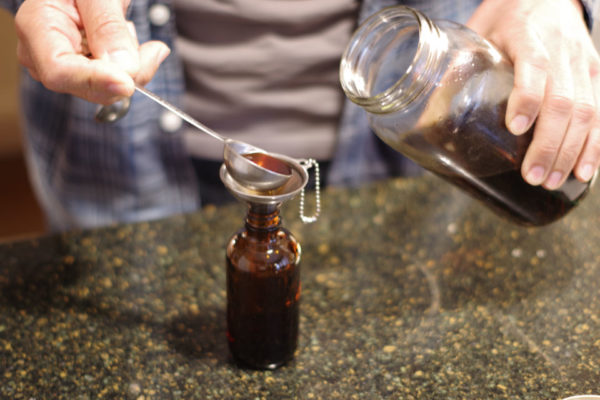
- Close bottles tightly, label and store in a dark and cool place.
- In a 500 ml jar with remaining vanilla beans after extract is drained, add the sugar. Close the jar tightly and store in dark place for 6-8 weeks.


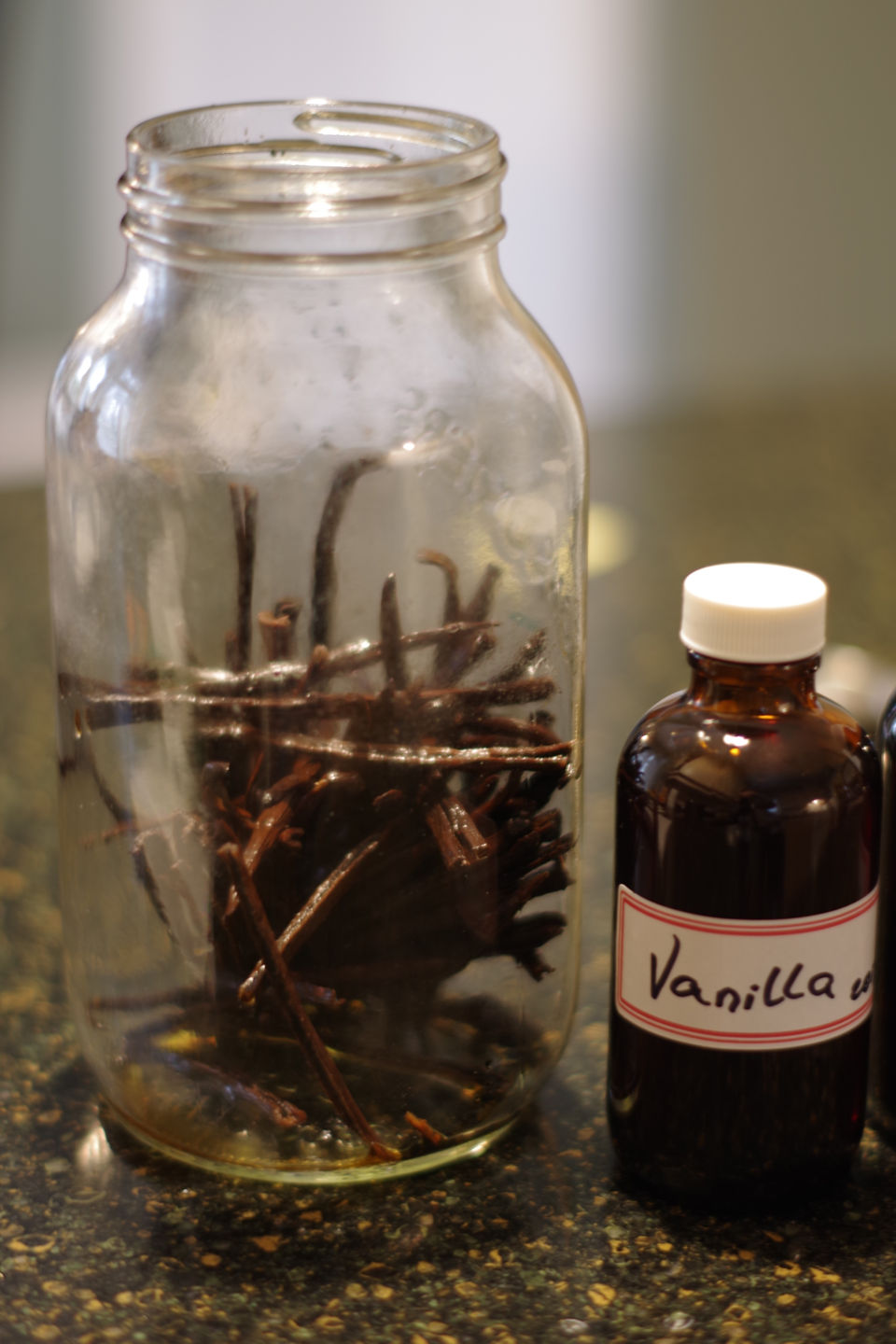
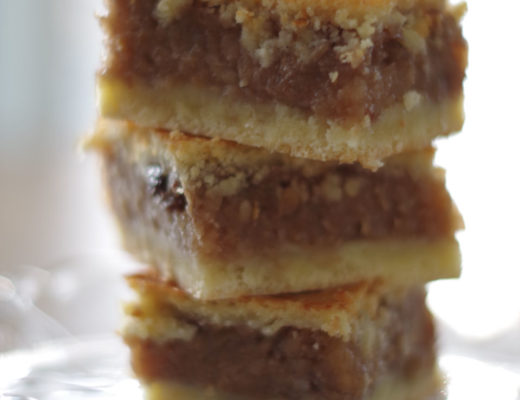
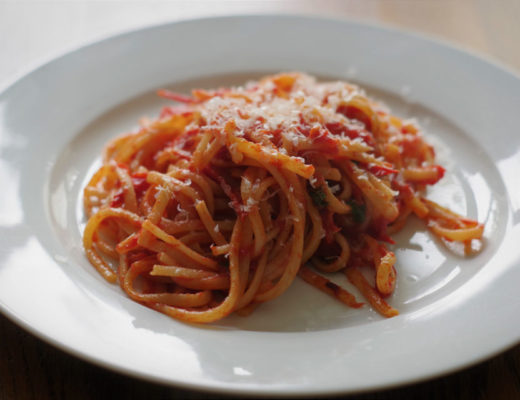
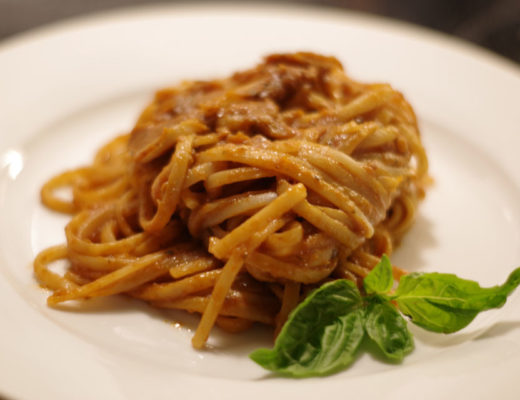
No Comments